Have you ever struggled to use a door handle, a faucet, or a website? Do you blame yourself for being too clumsy or too old, or do you blame the design that fails to communicate its function clearly? If you’re interested in design and haven’t read The Design of Everyday Things by Don Norman, I highly recommend it. This classic book, first published in 1988, explores the principles of good design and how they can enhance our everyday experiences in a simple yet profound way. It’s a great resource for understanding the nuances of design thinking.
One of the key insights that Norman shares is that good design is not just about aesthetics or efficiency, but about empathy. Designers need to understand the needs, goals, and limitations of their users and anticipate their behaviors and errors. This helps create products and services that are easy, enjoyable, and effective to use. Achieving this requires a mindset of curiosity, humility, and care, along with a toolkit of methods and feedback loops that enable continuous improvement.
Tools like Lyssna (UsabilityHub) are excellent examples of feedback tools we can use to gather real-time insights and iterate on our designs. These tools help designers understand how users interact with products, allowing us to refine and improve based on actual user behavior.
Some other tools worth mentioning:
Lookback – A live research tool that allows you to conduct remote and in-person interviews, observe users, and collect insights in real-time.
Optimal Workshop – A set of tools that help with card sorting, tree testing, and surveys to optimize information architecture and navigation.
UserTesting – Provides on-demand user feedback through video recordings of real users completing tasks on your website or app.
UX Design as an Act of Compassion
In my opinion, UX design is not just a job or a skill, but an act of compassion. By designing for diversity, inclusion, and accessibility, UX designers can empower people from different backgrounds, abilities, and preferences to achieve their goals and express their identities.
For example, when working on the website for BCRPVPA (Retired Principals and Vice Principals of BC), I focused on making the design accessible and easy to navigate for retirees who may not be as tech-savvy. The goal wasn’t just to make information accessible but to ensure the design felt welcoming and intuitive, reflecting the compassionate support they offer. By mapping out the user flow and incorporating thoughtful design elements, we streamlined processes like online contract signing, eliminating the need for printing, filling out, scanning, and emailing. This made the process more efficient and user-friendly.
By testing and iterating designs with real users, UX designers can learn from their mistakes and adapt to changing needs and contexts. I’ve seen this firsthand while working with KIAI Agency, where we continuously refine our designs based on user feedback. For instance, I worked on a custom WordPress site for a wellness center, ensuring the design anticipated user behavior.
Context and Storytelling in Wellness Design

On a wellness website, users are often facing personal challenges and seeking treatment. Our design aimed to make users not only understand the center’s offerings but also feel that it was a place of hope. The design aligned with the center’s mission to promote holistic health, helping users feel they are entering a safe, supportive environment they can trust.
By considering the users’ journey, we ensured the design was visually appealing, functional, and easy to navigate. This approach enabled the wellness center to attract the right audience, grow their client base, and build meaningful relationships, all while emphasizing their compassionate approach to service.
The Future of UX Design in Education
I believe UX design will become more ingrained across all industries, and that it will be taught to kids in school as a core competence, just like reading, writing, and math. By introducing the principles and practices of UX design early on, we can cultivate a generation of critical thinkers, creative problem-solvers, and responsible citizens who will shape the world for the better. Whether they become designers, engineers, entrepreneurs, or activists, they will deeply understand how design affects human behavior and how they can use it to make a positive difference.
What do you think? Have you read The Design of Everyday Things? Do you agree that UX design is an act of compassion and a core competence for the future? How can we integrate UX design into education and society? I would love to hear your thoughts and experiences. Let’s design a better future together!

